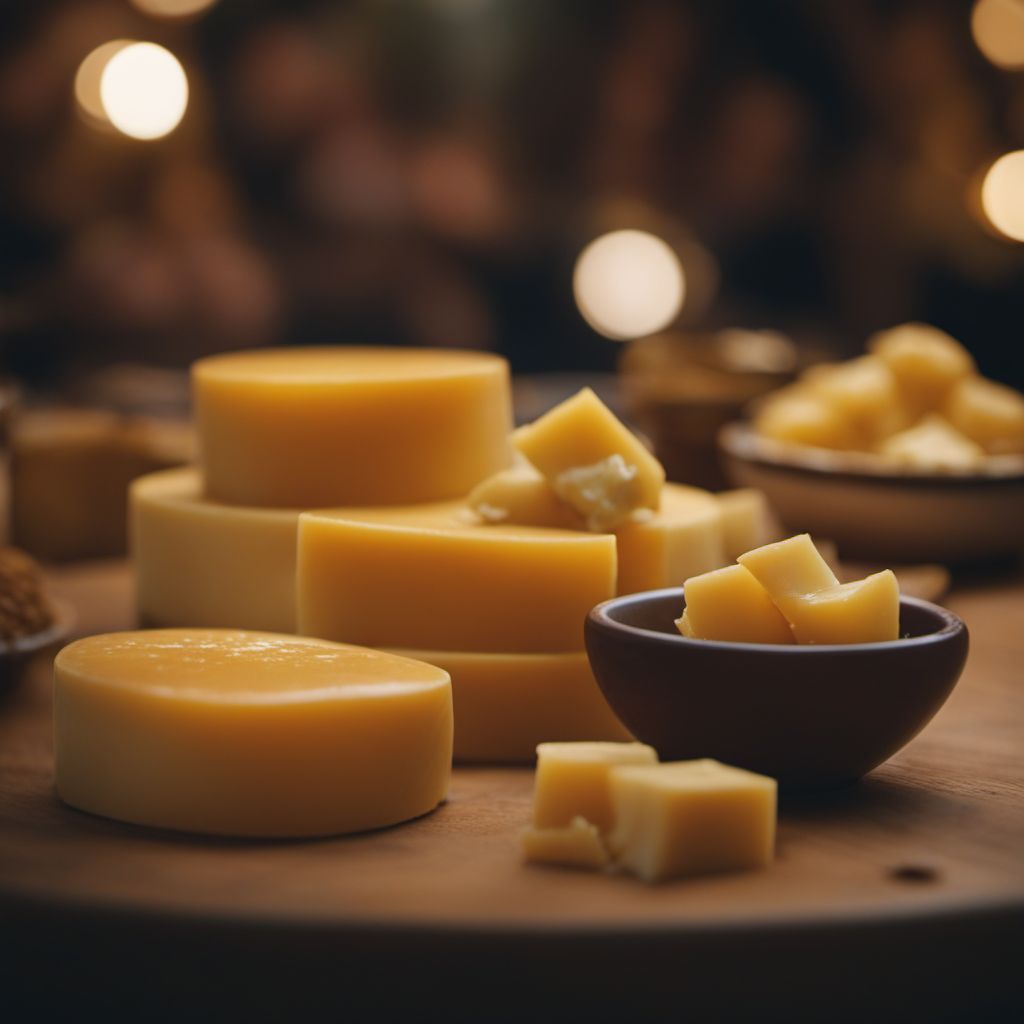
Dish
Kotonjata
Quince Cheese
Kotonjata is made by cooking quince fruit with sugar until it becomes a thick, spreadable consistency. The mixture is then poured into molds and left to cool. The resulting spread is sweet and tangy, with a slightly grainy texture. Kotonjata is often served with cheese or as a topping for bread or crackers. It can also be used as a filling for pastries and cakes.
Origins and history
Kotonjata has been a traditional dessert in the Balkans and Mediterranean regions for centuries. It is believed to have originated in the Ottoman Empire and spread throughout the region. Quince fruit was highly valued in ancient times for its medicinal properties and was often used to treat digestive problems. Today, kotonjata is a popular dessert in many countries, including Greece, Turkey, and Croatia.
Dietary considerations
Vegetarian, vegan, gluten-free
Variations
There are many variations of kotonjata, depending on the region and the recipe. Some recipes call for the addition of spices, such as cinnamon or cloves, while others use different fruits, such as apples or pears. Some recipes also call for the addition of nuts or raisins.
Presentation and garnishing
Kotonjata can be presented in a decorative jar or mold, with a garnish of fresh fruit or nuts.
Tips & Tricks
To make kotonjata, it is important to use ripe quince fruit that is free from blemishes. The fruit should be cooked slowly over low heat to prevent burning. It is also important to stir the mixture frequently to prevent lumps from forming.
Side-dishes
Kotonjata is often served with cheese, such as feta or goat cheese. It can also be served with bread or crackers.
Drink pairings
Kotonjata pairs well with sweet dessert wines, such as Muscat or Tokaji. It can also be served with tea or coffee.
Delicious Kotonjata recipes
More dishes from this category... Browse all »

Aamras
Indian cuisine

Aasmi
Indian cuisine

Agra petha
Indian cuisine

Aiyùbīng
Taiwanese cuisine

Ajdnek
Slovenian cuisine

Akafuku
Japanese cuisine

Akanés
Greek cuisine

Akumaki
Japanese cuisine
More cuisines from this region... Browse all »

Albanian cuisine
Savory, Herbaceous, Tangy, Citrusy

Aromanian cuisine
Savory, Herbaceous, Tangy, Citrusy

Bosnian cuisine
Rich, Savory, Smoky, Spicy, Tangy

Greek cuisine
Fresh, Flavorful, Tangy, Salty

Kosovan cuisine
Hearty, Flavorful, Herbaceous, Spicy, Tangy

Macedonian cuisine
Savory, Hearty, Spicy, Tangy, Rich

Montenegrin cuisine
Fresh, Light, Tangy, Savory

Serbian cuisine
Savory, Hearty, Spicy, Tangy, Rich
